Yoga is a practice that transcends age, culture, and time, offering benefits that adapt to the varying needs of individuals throughout their lives. From childhood to old age, the principles of yoga can enhance physical health, emotional well-being, and spiritual growth. This article explores how yoga can be tailored to meet the unique requirements of different life stages, fostering a holistic approach to health and wellness.
1) Yoga in Childhood
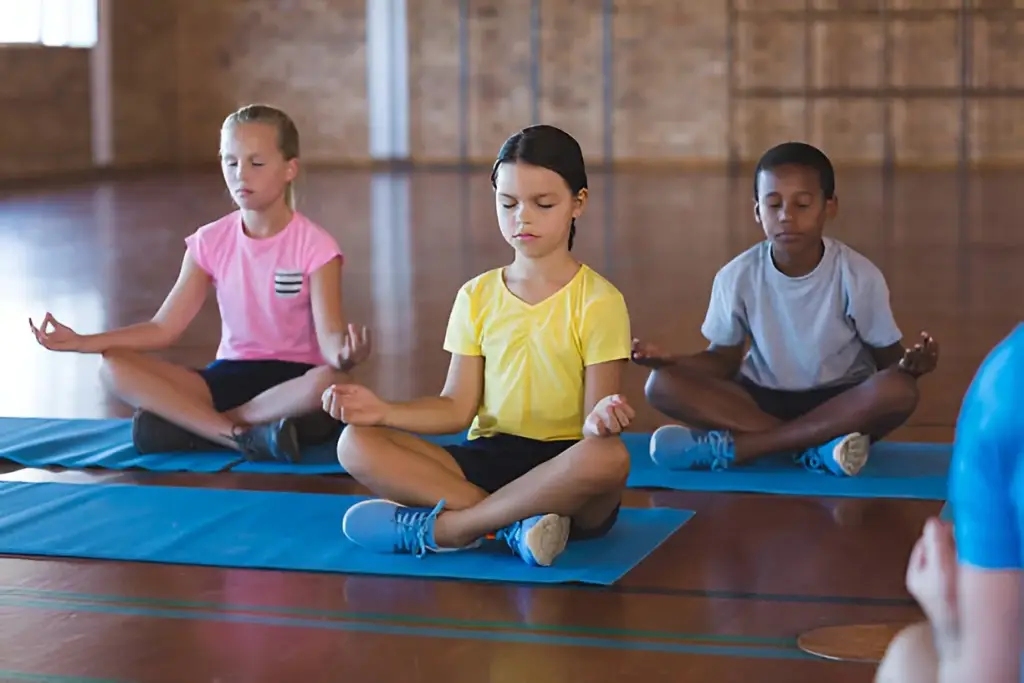
Benefits:
Introducing yoga to children can have profound effects on their development. Practicing yoga helps improve flexibility, balance, and coordination, essential for physical growth. Moreover, yoga cultivates mindfulness, teaching children to focus, manage stress, and develop emotional intelligence.
Practices:
Fun and Playful Poses: Incorporating animal-themed poses, like “cat” and “dog,” can make sessions enjoyable. These poses not only engage children but also enhance their imagination.
Breathing Exercises: Simple breathing techniques, such as “balloon breathing,” where children visualize inflating a balloon with their breath, can help them learn to calm their minds and bodies.
Storytelling Yoga: Integrating yoga with storytelling can capture children’s attention, allowing them to explore creativity while practicing poses. For instance, a story about a journey through a jungle can include poses representing different animals.
Recommendations
Sessions should be short and playful, ideally lasting 20-30 minutes. Encouraging family participation can also make yoga a bonding experience, instilling healthy habits from a young age.
2) Yoga in Adolescence
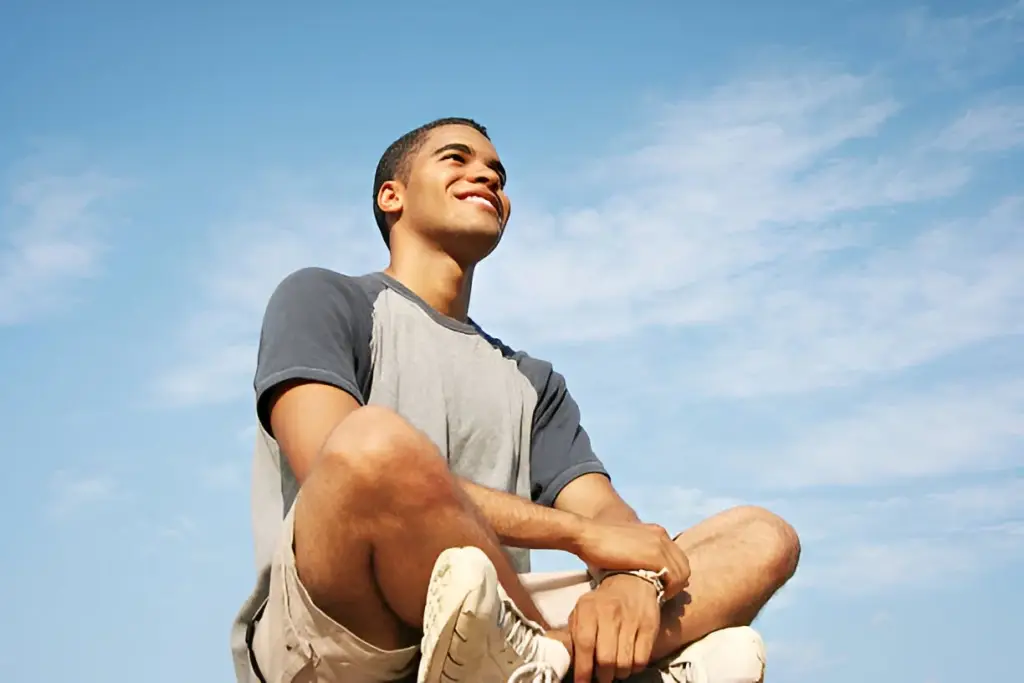
Benefits:
Adolescence is a time of significant physical, emotional, and social changes. It can provide a sanctuary for teens to develop self-awareness and cope with stress, anxiety, and body image issues. The practice fosters resilience and helps cultivate a positive self-image.
Practices:
Dynamic Flow: Incorporating vinyasa or flow sequences can keep teens engaged, allowing them to move and release pent-up energy. Sequences can focus on strength-building poses that promote body confidence.
Meditation and Mindfulness: Teaching mindfulness techniques, such as body scans or guided meditations, can help adolescents navigate their emotions and develop coping strategies for stress.
Partner Yoga: Engaging in partner poses can enhance communication skills and promote trust and teamwork, essential aspects of relationships during adolescence.
Recommendations:
Classes should be inclusive, creating a safe environment where teens feel comfortable exploring their bodies and emotions. Classes of 45-60 minutes are ideal, allowing ample time for movement and reflection.
3) Yoga in Young Adulthood
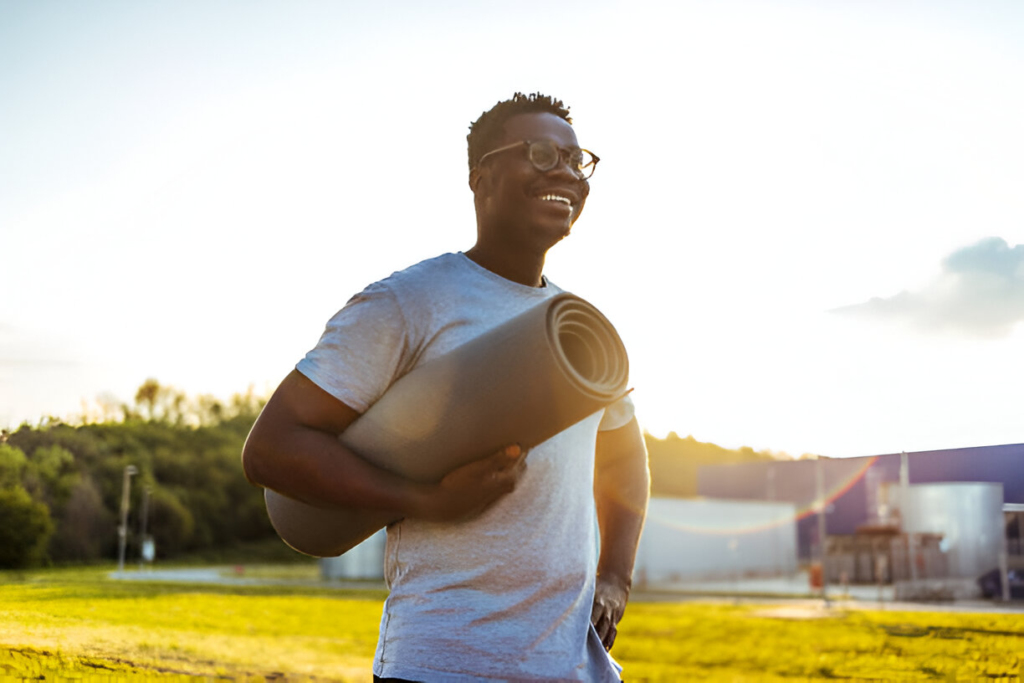
Benefits:
For young adults, it can be a powerful tool for managing the stresses of early career challenges, relationships, and independence. It enhances focus, promotes self-care, and encourages a balanced lifestyle.
Practices:
Power Yoga: Engaging in more intense forms of yoga, such as power or ashtanga, can provide a rigorous workout while also helping to cultivate discipline and mental clarity.
Restorative Yoga: Incorporating restorative practices can offer young adults a much-needed respite from the fast-paced demands of life. These sessions help promote relaxation and stress relief.
Goal Setting: Encourage young adults to set personal intentions or goals for their practice, which can foster a sense of purpose and motivation.
Recommendations
Classes should last around 60-90 minutes, allowing time for both vigorous movement and relaxation. Encouraging journaling after sessions can also help integrate insights gained during practice.
4) Yoga in Midlife
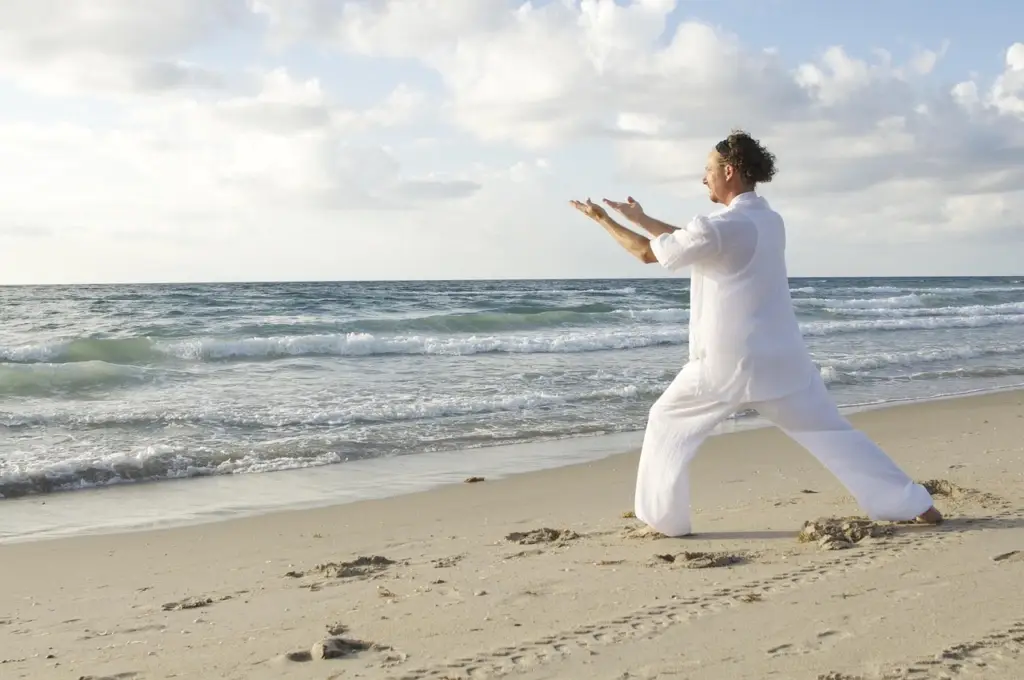
Benefits:
As individuals reach midlife, they may face various physical changes, including decreased flexibility, increased stress, and the balancing act of career and family. It can aid in maintaining physical health while fostering emotional stability and resilience.
Practices:
Gentle Yoga: Incorporating gentle styles, such as hatha or yin yoga, can help ease the body while still providing a challenging workout that respects the limits of midlife bodies.
Focus on Flexibility and Strength: Emphasizing poses that improve core strength and flexibility, such as warrior poses and gentle backbends, can counteract the effects of aging.
Mindful Breathing: Breathing techniques, such as pranayama, can enhance lung capacity and promote relaxation, reducing anxiety related to life changes.
Recommendations
Classes should aim for 60 minutes, incorporating longer holds in poses to deepen stretches and promote mindfulness. Including community aspects, like group discussions, can foster connection and support.
5) Yoga in Older Age
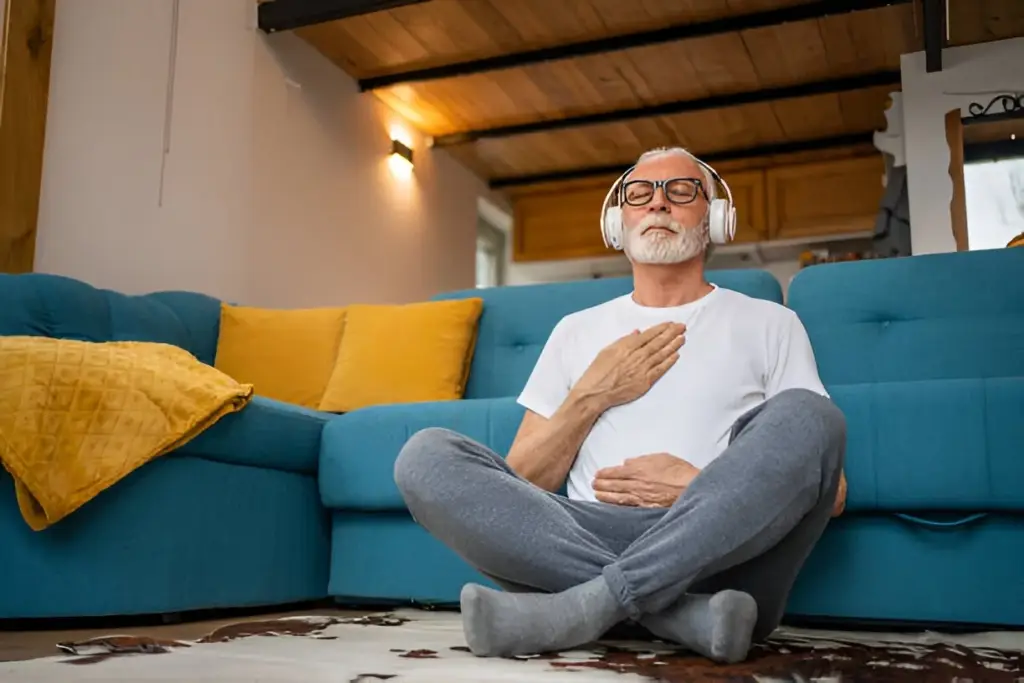
Benefits:
For seniors, it offers numerous health benefits, including improved mobility, balance, and overall physical health. It can also combat feelings of isolation and promote mental clarity.
Practices:
Chair Yoga: Adapting yoga for those with limited mobility can make the practice accessible. It allows seniors to engage in movements that enhance strength and flexibility while minimizing the risk of injury.
Balance and Stability: Incorporating poses that improve balance, such as tree pose or standing forward bend, can help prevent falls, a common concern in older age.
Mindfulness and Meditation: Focusing on meditation and mindfulness can enhance mental well-being, offering tools to cope with life changes and promoting a sense of peace.
Recommendations
Sessions should be kept to 30-45 minutes to accommodate energy levels, with a focus on gentle movements and restorative practices. Creating a supportive community environment encourages participation and connection.
Conclusion
Yoga is a lifelong journey that can evolve with each stage of life, offering tools for physical health, emotional resilience, and spiritual growth. By adapting practices to suit the unique needs of children, adolescents, young adults, those in midlife, and seniors, it can serve as a constant companion through the various phases of life. Whether it’s through playful poses, dynamic flows, or gentle restorative practices, embracing yoga at any age can lead to a more balanced and fulfilling life.
